Three days after I post this blog, my wife and I are taking a trip to Washington, DC, to take part in an event organized by the Holocaust Institute. As was clear from my earlier blogs, my focus after my retirement shifted to my Holocaust history, its ramifications for our present reality, and the future of my grandchildren. Just put Holocaust into the search box to scan early entries. My original intention for this week’s blog was to start to cover COP30, which was scheduled to open in Brazil on Monday, November 10th (see the recent blog on October 29th). However, reality almost always comes with surprises.
On Sunday, October 31st, the NYT released an interesting editorial board piece related to the second term of President Trump (Opinion | In Trump’s America, Are We Losing Our Democracy?). The piece immediately triggered in me some important questions that changed my priorities for this week’s blog. Specifically, I wanted to look into the idea of using the editorial to leverage a question that has been bothering me for some time now – how to quantify collective evil, starting with evil governments. My scientific background requires that I quantify any findings for other people to be able to refute or confirm my results. Usually, such quantification needs a reference. This issue serves as a focus of the scientific method, as formulated by Karl Popper, and was mentioned in an earlier blog (June 18, 2012) in the context of climate change. Popper was a philosopher, and collective evil in the form of governments is a topic for social scientists to study; I am neither a philosopher nor a social scientist. Before I proceed, I will cite the NYT’s definition of its Editorial Board:
The editorial board is a group of opinion journalists whose views are informed by expertise, research, debate and certain longstanding values. It is separate from the newsroom.
Below, the editorial board explains the question that the group tried to answer and how they went about doing so:
Countries that slide from democracy toward autocracy tend to follow similar patterns. To measure what is happening in the United States, the Times editorial board has compiled a list of 12 markers of democratic erosion, with help from scholars who have studied this phenomenon. The sobering reality is that the United States has regressed, to different degrees, on all 12.
Our country is still not close to being a true autocracy, in the mold of Russia or China. But once countries begin taking steps away from democracy, the march often continues. We offer these 12 markers as a warning of how much Americans have already lost and how much more we still could lose.
The editorial is long, and what I had in mind was to connect it to a similar analysis of the Nazi regime, which came to power in 1933 and was responsible for the Holocaust during WWII. I had to ask AI (through Microsoft Copilot) for help. The topic that I posed is the following: “Transition of the Nazi Regime from Democracy to Autocracy Following NYT Analysis of the second Trump regime.” The response came out in the form of two answers: one was summarizing the NYT editorial and the other was extending the analysis to the Nazi regime.
First, the summary of the editorial:
An October 31, 2025, New York Times interactive opinion piece by the editorial board argues the U.S. is shifting toward authoritarianism under President Trump, identifying twelve markers of democratic erosion. The article suggests that while not yet a full autocracy, the initial, difficult-to-reverse steps of democratic backsliding have begun, citing examples like prosecuting political opponents and stifling dissent. Read the full analysis at The New York Times.
The analysis concluded that of the 12 markers discussed, 7 of them had just started within Trump’s administration, while 5 of Trump’s actions were already shifting the focus of the government.
This was followed by a similar analysis of the Nazi regime’s transition to autocracy after gaining power in 1933:
The Nazi regime’s consolidation of power in Germany after Adolf Hitler became Chancellor in January 1933 can be analyzed through several common markers of democratic erosion:
-
-
-
- Undermining or Controlling the Judiciary and Rule of Law: Following the Reichstag fire in February 1933, the Nazis used the subsequent Reichstag Fire Decree to suspend basic civil liberties (freedom of speech, assembly, privacy) and detain political opponents without trial [3]. They established the Volksgerichtshof (People’s Court) to try political crimes with predetermined outcomes [3].
- Silencing the Media: The Nazis rapidly shut down or co-opted independent media outlets through the Editors’ Law (Schriftleitergesetz), which required all journalists to be registered and obey directives from the state’s Ministry of Propaganda, headed by Joseph Goebbels [3].
- Eroding Electoral Integrity: Although Hitler was appointed Chancellor constitutionally, he quickly called for new elections in March 1933, using the suspended civil liberties and state resources to campaign aggressively while suppressing all opposition parties [3]. The Enabling Act was passed shortly after this election, effectively ending the power of the Reichstag.
- Marginalizing the Legislature: The Enabling Act of 1933 (“Law to Remedy the Distress of the People and the Reich”) allowed the Chancellor and his cabinet to pass laws without the consent of the Reichstag, effectively bypassing the legislative branch entirely and making Hitler a dictator [3].
- Politicizing the Civil Service and Security Forces: Existing state police forces were rapidly purged of opponents and brought under centralized Nazi control. The SS and Gestapo were established as political security forces loyal directly to Hitler and the Nazi Party, operating outside traditional legal constraints [3].
- Eliminating Political Pluralism: Through a process called Gleichschaltung (coordination), all independent political parties were banned (the Law Against the Formation of New Parties, July 1933), trade unions were dissolved, and all aspects of civil society were brought under Nazi control [3].
- Promoting Nationalism and an “Othering” of Minorities: The Nazi ideology was built on virulent antisemitism and the concept of the “Aryan race,” systematically targeting Jewish people and other minorities through propaganda, discriminatory laws (leading to the Nuremberg Laws in 1935), and violence [3].
-
-
By 1934, the combination of these actions had fully transformed the Weimar Republic from a democracy into a single-party totalitarian state, demonstrating a rapid and comprehensive application of measures that extinguish democratic institutions and norms [3].
According to the United States Holocaust Memorial Museum, the Nazi regime’s rise to power in 1933 involved systematic actions to dismantle democratic institutions and suppress opposition. These included prosecuting political opponents, stifling dissent, bypassing the legislature through the Enabling Act, and consolidating control over state governments and military forces. For more details, visit encyclopedia.ushmm.org.
According to an analysis applying criteria from a New York Times editorial, Adolf Hitler’s Nazi regime in 1933 exhibited all twelve indicators of democratic erosion. Within months of Hitler becoming Chancellor, the regime systematically weakened accountability institutions, tightened executive control, purged opponents, suppressed dissent, and eroded civil liberties, leading to a one-party state. More details are available on the United States Holocaust Memorial Museum website.
According to a New York Times editorial, the 1933 Nazi regime under Adolf Hitler demonstrated a rapid and extreme progression across all twelve indicators of democratic erosion identified by the publication. These markers include stifling speech, prosecuting political enemies, bypassing the legislature, and undermining free elections, all of which manifested intensely and rapidly within months of Hitler becoming Chancellor. For more details, visit The New York Times.
After reading the NYT piece and the AI response on the similarities between the current happenings and the rise of the Nazi regime, I thought that I had seen a similar analysis earlier. I went to my library and, indeed, I had. I found a small book that I had previously read, On Tyranny: Twenty Lessons from the Twentieth Century, by Timothy Snyder, shown in Figure 1. The book can be bought for $9.
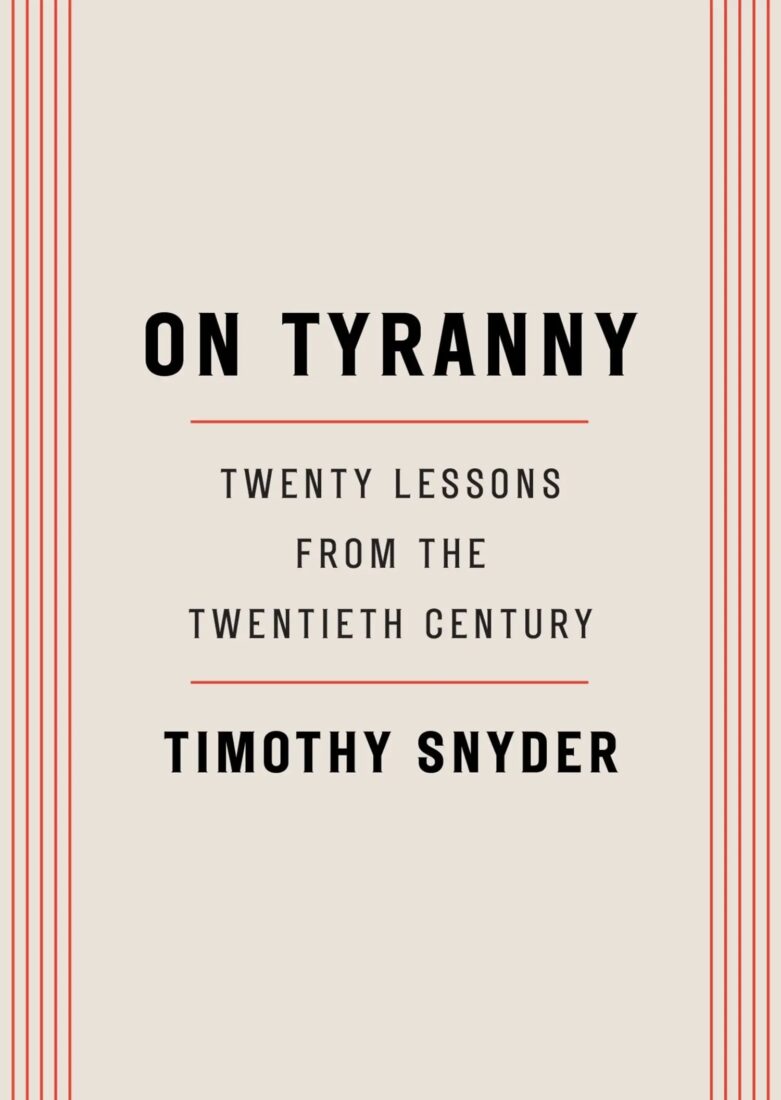
Figure 1 – The book’s cover
The book consists of a short prologue and 20 lessons addressed to the “average” citizen of the US. It came out in 2017, after President Trump’s inauguration into his first term. The last sentence of the prologue reads as follows: “This book presents twenty lessons from the twentieth century, adapted to the circumstances of today…”
The 20 main lessons are cited below. They are phrased as rules or directives; for the explanations and instructions, I strongly recommend either spending the $9 or finding a copy in the library and reading the book.
-
-
- Do not obey in advance.
- Defend institutions.
- Beware the one-party state.
- Take responsibility for the face of the world.
- Remember professional ethics.
- Be wary of paramilitaries.
- Be reflective if you must be armed.
- Stand out.
- Be kind in our language.
- Believe in truth.
- Investigate.
- Make eye contact and small talk.
- Practice corporeal politics.
- Establish a private life.
- Contribute to good causes.
- Learn from peers in other countries.
- Listen for dangerous words.
- Be calm when the unthinkable arrives.
- Be a patriot.
- Be as courageous as you can.
-
The specific references to 20th-century history, not surprisingly, are focused on Nazi Germany, with some sprinklings of mentions of the Soviet Union. The same author released an expanded audio version of the book in 2022 with an additional 20 lessons based on Russia’s war on Ukraine.
A similar analysis can provide a solid background, keeping Nazi Germany as a reference for collective evil. However, few will be surprised that most countries in the world—more specifically—all the developing countries, tend to stay out of the conversation. I will return to this issue in future blogs.



 Following the IPAT calculation, I often hear the perspective that one should not be too concerned with declining population because it would also result in a decline in environmental damage. To me, this suggests a “back to the cave” attitude where the best policy is to return to an earlier time when the average
Following the IPAT calculation, I often hear the perspective that one should not be too concerned with declining population because it would also result in a decline in environmental damage. To me, this suggests a “back to the cave” attitude where the best policy is to return to an earlier time when the average 

 Figure 1 – Predicted population plunge, 2025-2050 (Source: UN, World Population Prospects 2024, via
Figure 1 – Predicted population plunge, 2025-2050 (Source: UN, World Population Prospects 2024, via  Figure 1 – Fertility rate by world region, 1950 -2021 (
Figure 1 – Fertility rate by world region, 1950 -2021 ( Figure 2 – Wealth distribution in China (Source:
Figure 2 – Wealth distribution in China (Source: 
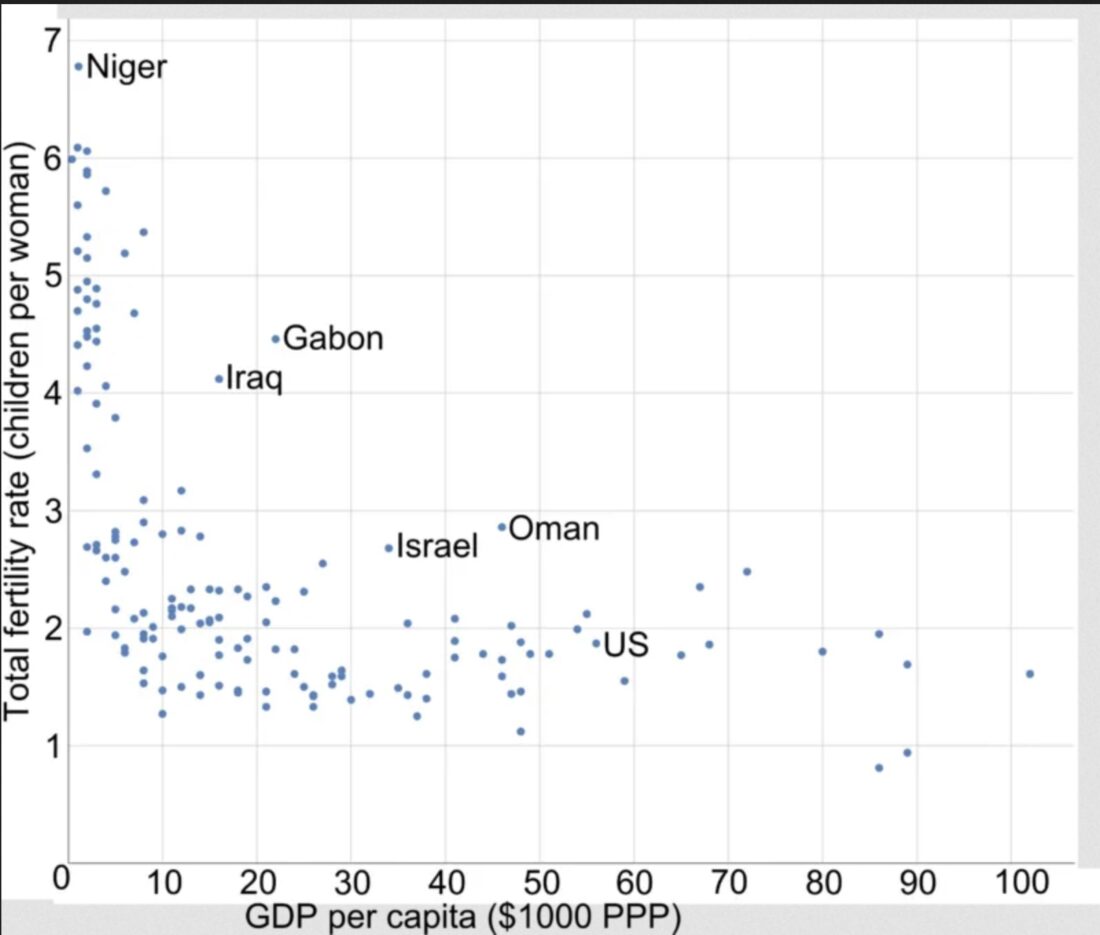
 Figure 5 –
Figure 5 – 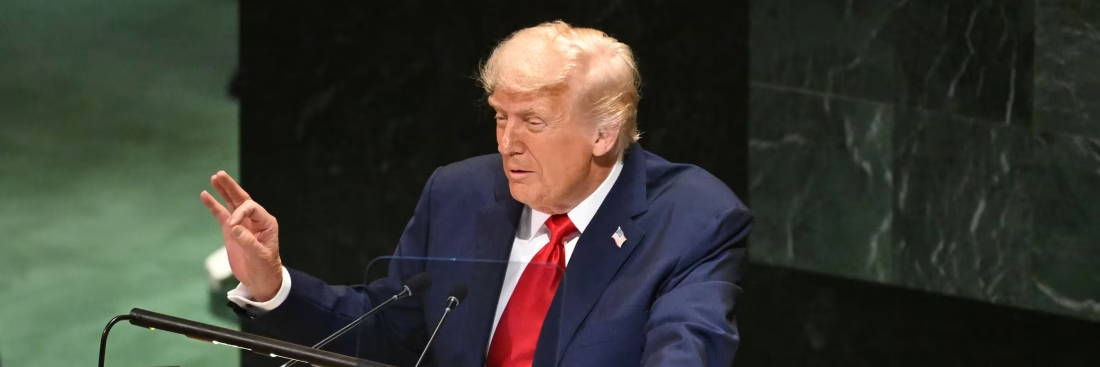 Figure 1 – Source: The Conversation)
Figure 1 – Source: The Conversation) 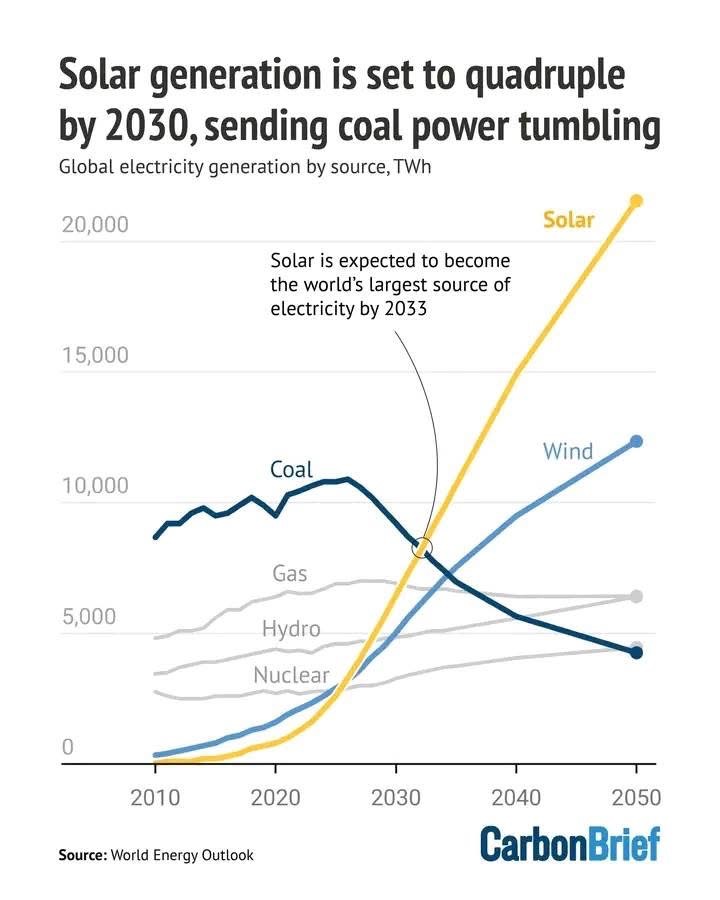
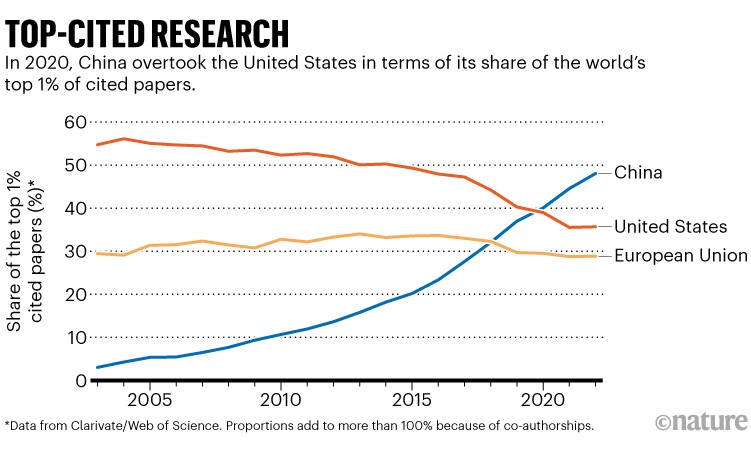
 Figure 2 – Basic research (Source:
Figure 2 – Basic research (Source:  Figure 3 – Seventy years of university research funding (Source:
Figure 3 – Seventy years of university research funding (Source: 
